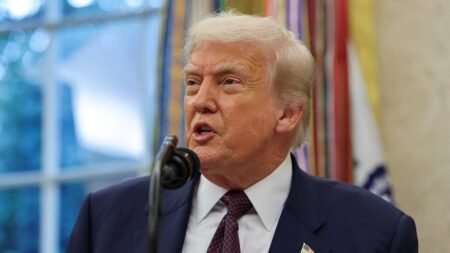China Renaissance, a leading financial services firm based in Beijing, is making bold moves to reshape its future by diving into the cryptocurrency and Web 3.0 space. Founded in 2005 by investment banker Bao Fan, the firm gained a reputation for being a key player in China’s tech-driven economy, advising startups, managing assets, and executing high-profile IPOs and mergers. Now, with traditional revenue streams under pressure, China Renaissance is turning to digital assets as a lifeline.
In 2025, the company announced a $100 million investment plan targeting cryptocurrencies and blockchain-based platforms. The board approved the use of internal funds to support this strategic pivot, which the firm sees as aligned with emerging global trends in digital finance. With declining profits and a weak IPO market in mainland China, this decision signals a major shift in focus for a company once synonymous with tech unicorn financing.
China Renaissance’s core investment banking business has suffered in recent years. In 2023, the company reported a 23 percent drop in revenue excluding investment gains, falling to 777 million yuan or approximately $108 million. With deal-making slowing and investor sentiment weakening due to economic challenges, the firm needed a new growth engine. Its pivot to crypto reflects both opportunity and urgency. The $100 million allocation represents more than half of its available cash reserves, showing just how serious the company is about this transition.
The firm’s crypto ambitions are not entirely new. In 2018, China Renaissance invested in Circle Internet Group, the issuer of the USDC stablecoin. That investment has proven to be profitable, especially after Circle’s $18 billion IPO. The company’s stock doubled on its first trading day, and Circle is now applying for a trust banking license in the United States. These developments are expected to further increase the return on investment for China Renaissance.
To guide its crypto transformation, the firm recently appointed Fu Frank Kan as an independent board director. Kan is a tech veteran and co-founder of Math Global Foundation, a company focused on digital wallets and software. His expertise in digital finance is expected to help China Renaissance navigate the volatile but promising world of digital assets. The company is also exploring options for direct crypto trading and investments in crypto firms, particularly those involved in stablecoins like USDC.
While cryptocurrency trading remains illegal in mainland China, Hong Kong has emerged as a key hub for digital asset innovation. China Renaissance’s strategy aligns closely with Hong Kong’s government-backed efforts to build a regulated and vibrant Web 3.0 sector. The city’s policy changes aim to attract fintech companies and institutional investors by offering clear guidelines for digital asset operations. These favorable developments have likely influenced China Renaissance’s decision to deepen its commitment to crypto.
The broader market environment also supports this move. The value of the global cryptocurrency market has surged past $3 trillion, with Bitcoin alone rising over 70 percent in the past year and crossing the $100,000 mark. Daily trading volume for the top five cryptocurrencies reached nearly $90 billion, a figure approaching 16 percent of Nasdaq’s busiest trading day. This bullish trend is drawing institutional players, including major banks like JPMorgan and Goldman Sachs, who are now engaging in crypto-related activities.
China Renaissance’s pivot comes after a turbulent period marked by the disappearance of its founder Bao Fan in 2023. He was later confirmed to be in custody over bribery investigations, leading to a prolonged trading suspension of the company’s shares. Although its stock has partly recovered, it still trades well below its IPO price. Its current price-to-sales ratio stands at approximately 2.5, comparable to local rival CICC.
Whether this strategic move into crypto will restore China Renaissance’s former momentum remains to be seen. But the firm is clearly betting that digital assets and blockchain technology will play a central role in the future of finance—and it’s determined not to be left behind.







